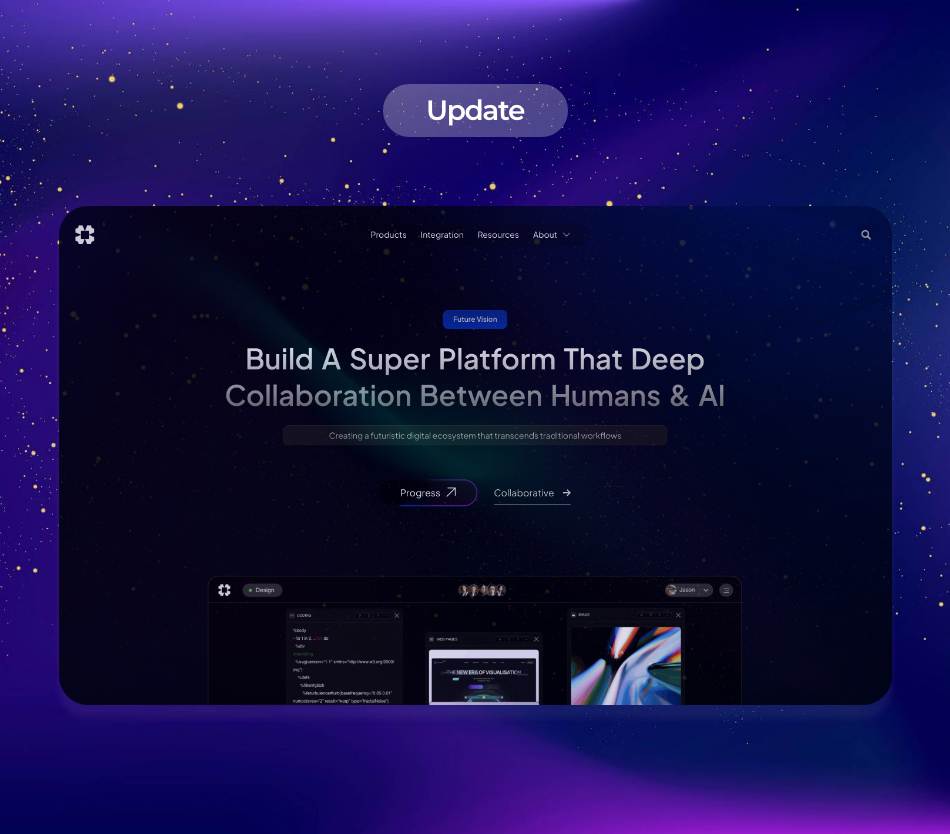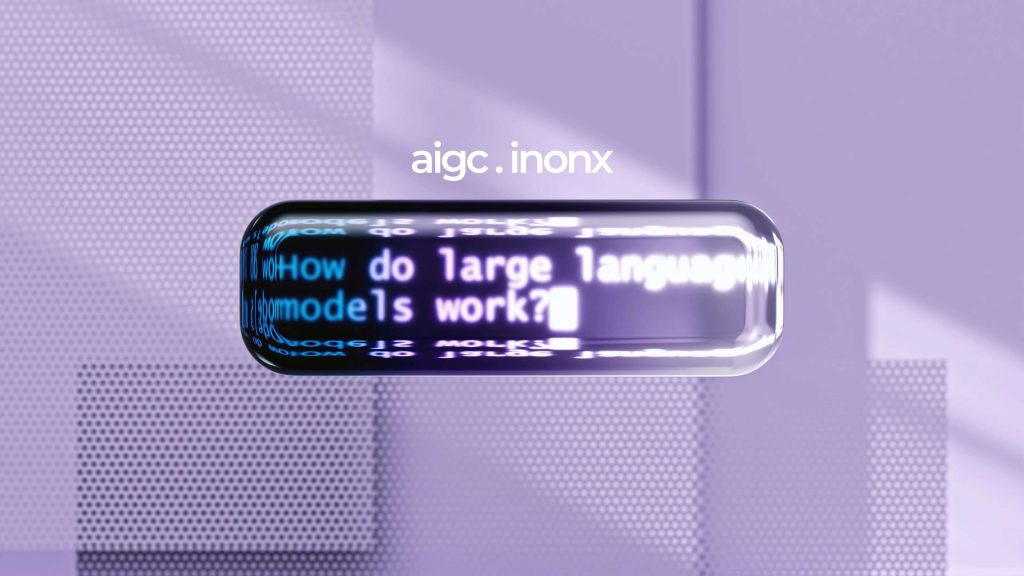In the rapidly evolving landscape of technology, organizations are constantly seeking innovative solutions to optimize their operations and enhance user experiences. One of the most significant trends shaping this evolution is the integration of Intelligent Resource Allocation (IRA) and Smart System Integration (SSI) within Artificial Intelligence Operating Systems (AIOS). This article explores the latest news, updates, and industry applications of these technologies, highlighting their potential to create a seamless user experience.
.
**Understanding Intelligent Resource Allocation**
Intelligent Resource Allocation refers to the strategic distribution of resources—such as computational power, memory, and bandwidth—across various applications and processes within an organization. This concept is crucial in maximizing efficiency and minimizing waste, particularly in environments that rely heavily on data processing and real-time analytics.
.
Recent advancements in machine learning and artificial intelligence have enabled organizations to implement IRA more effectively. By leveraging predictive analytics, businesses can forecast resource demands and allocate them dynamically, ensuring that critical applications receive the necessary support during peak usage times. For example, cloud service providers are increasingly employing IRA to optimize their infrastructure, allowing them to offer more reliable services while reducing costs.
.
**Smart System Integration: The Backbone of Modern Applications**
Smart System Integration is the process of seamlessly connecting various technological systems and platforms to work together harmoniously. This integration is vital for organizations that utilize multiple software solutions, as it allows for better data sharing, improved communication, and enhanced overall performance.
.
In the context of AIOS, SSI plays a pivotal role in creating a cohesive environment where different applications can interact effortlessly. For instance, consider a healthcare organization that employs various systems for patient management, billing, and electronic health records. By integrating these systems intelligently, healthcare providers can ensure that patient data flows seamlessly between departments, leading to improved patient outcomes and streamlined operations.
.
**The Role of AIOS in Enhancing User Experience**
Artificial Intelligence Operating Systems (AIOS) are designed to leverage AI capabilities to improve the functionality and usability of various applications. By incorporating IRA and SSI, AIOS can deliver a seamless user experience that is both intuitive and efficient.
.
One of the most significant advantages of AIOS is their ability to learn from user interactions. Through continuous monitoring and analysis of user behavior, AIOS can adapt to individual preferences and optimize resource allocation accordingly. This personalization enhances the user experience, making interactions with technology more enjoyable and productive.
.
For example, in the realm of smart home technology, AIOS can integrate various devices—such as lighting, heating, and security systems—into a single cohesive platform. By intelligently allocating resources based on user habits and preferences, these systems can create a more comfortable living environment while also conserving energy.
.
**Trends and Solutions in Intelligent Resource Allocation and Smart System Integration**
As organizations continue to embrace digital transformation, several trends are emerging in the fields of IRA and SSI. One notable trend is the increasing adoption of cloud-based solutions. Cloud computing offers organizations the flexibility to scale resources up or down as needed, making it an ideal environment for implementing intelligent resource allocation strategies.
.
Moreover, the rise of edge computing is also influencing how organizations approach resource allocation. By processing data closer to the source, edge computing reduces latency and bandwidth usage, allowing for more efficient resource distribution. This is particularly important in industries such as manufacturing and logistics, where real-time data processing is critical for operational success.
.
Another trend is the growing emphasis on automation. Organizations are recognizing the value of automating resource allocation processes to minimize human error and improve efficiency. By utilizing AI algorithms, businesses can automate the allocation of resources based on real-time data, ensuring that systems operate at peak performance without requiring constant manual intervention.
.
**Industry Applications of Intelligent Resource Allocation and Smart System Integration**
The applications of IRA and SSI are vast and varied, spanning numerous industries. In the financial sector, for instance, banks and investment firms are leveraging these technologies to enhance their trading platforms. By intelligently allocating computational resources, these institutions can process transactions faster and with greater accuracy, ultimately leading to improved customer satisfaction.
.
In the retail industry, intelligent resource allocation is being used to optimize inventory management. By analyzing sales data and predicting demand, retailers can allocate resources more effectively, reducing excess inventory and minimizing stockouts. This not only improves operational efficiency but also enhances the overall shopping experience for customers.
.
Healthcare is another sector where IRA and SSI are making significant strides. Hospitals and clinics are utilizing these technologies to manage patient data, streamline workflows, and allocate resources efficiently. By integrating various health information systems, healthcare providers can ensure that critical patient information is readily available, leading to better decision-making and improved patient care.
.
**Technical Insights: Implementing IRA and SSI in AIOS**
Implementing Intelligent Resource Allocation and Smart System Integration within an AIOS framework requires a strategic approach. Organizations must first assess their existing systems and identify areas where integration can provide the most significant benefits. This may involve conducting a thorough analysis of current workflows, data management practices, and resource utilization.
.
Once the assessment is complete, organizations can begin to implement IRA and SSI strategies. This may involve selecting the right tools and technologies, such as cloud platforms, data analytics software, and integration frameworks. Additionally, organizations should consider investing in training and development for their teams to ensure that they are equipped to leverage these technologies effectively.
.
Furthermore, organizations should prioritize security and compliance when implementing IRA and SSI. As data becomes increasingly interconnected, the risk of breaches and unauthorized access grows. Therefore, it is essential to implement robust security measures, such as encryption and access controls, to protect sensitive information.
.
**Conclusion: The Future of Intelligent Resource Allocation and Smart System Integration**
As technology continues to advance, the importance of Intelligent Resource Allocation and Smart System Integration within AIOS will only grow. Organizations that embrace these trends will be better positioned to optimize their operations, enhance user experiences, and drive innovation.
.
In conclusion, the integration of IRA and SSI is not just a trend; it is a fundamental shift in how organizations approach resource management and system interoperability. By leveraging these technologies, businesses can create a seamless user experience that fosters efficiency, collaboration, and growth. As we move forward, the potential for Intelligent Resource Allocation and Smart System Integration to transform industries and improve outcomes is limitless.
.
**Sources:**
1. Zhang, Y., & Wang, X. (2023). Intelligent Resource Allocation in Cloud Computing: A Review. *IEEE Transactions on Cloud Computing*.
2. Smith, J. (2022). The Role of Smart System Integration in Modern Enterprises. *Journal of Systems Integration*.
3. Johnson, L. (2023). Enhancing User Experience through AIOS: Trends and Innovations. *International Journal of Artificial Intelligence*.
4. Brown, T. (2022). Cloud Computing and Intelligent Resource Allocation: A Case Study. *Journal of Cloud Technology*.
5. Davis, R. (2023). The Future of Healthcare: Integrating Intelligent Resource Allocation and Smart Systems. *Healthcare Technology Review*.




























